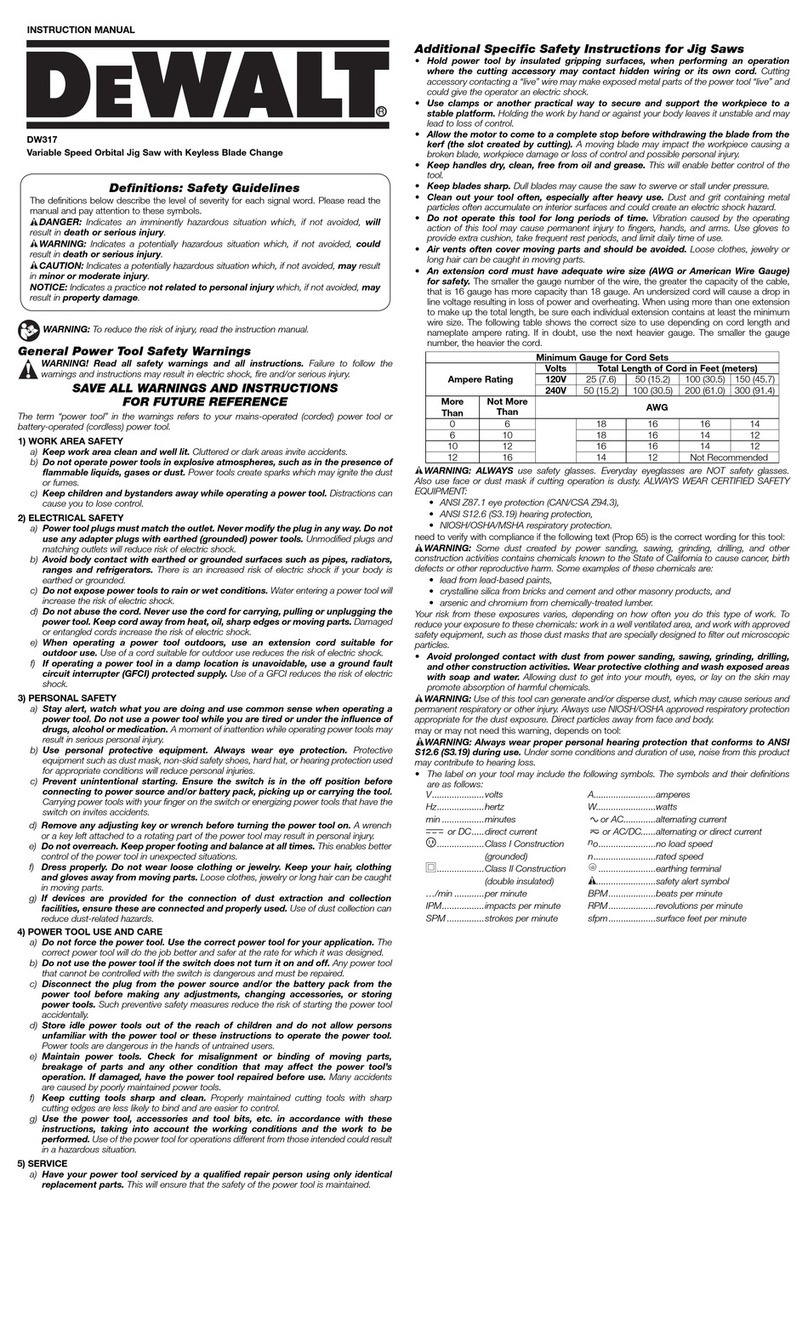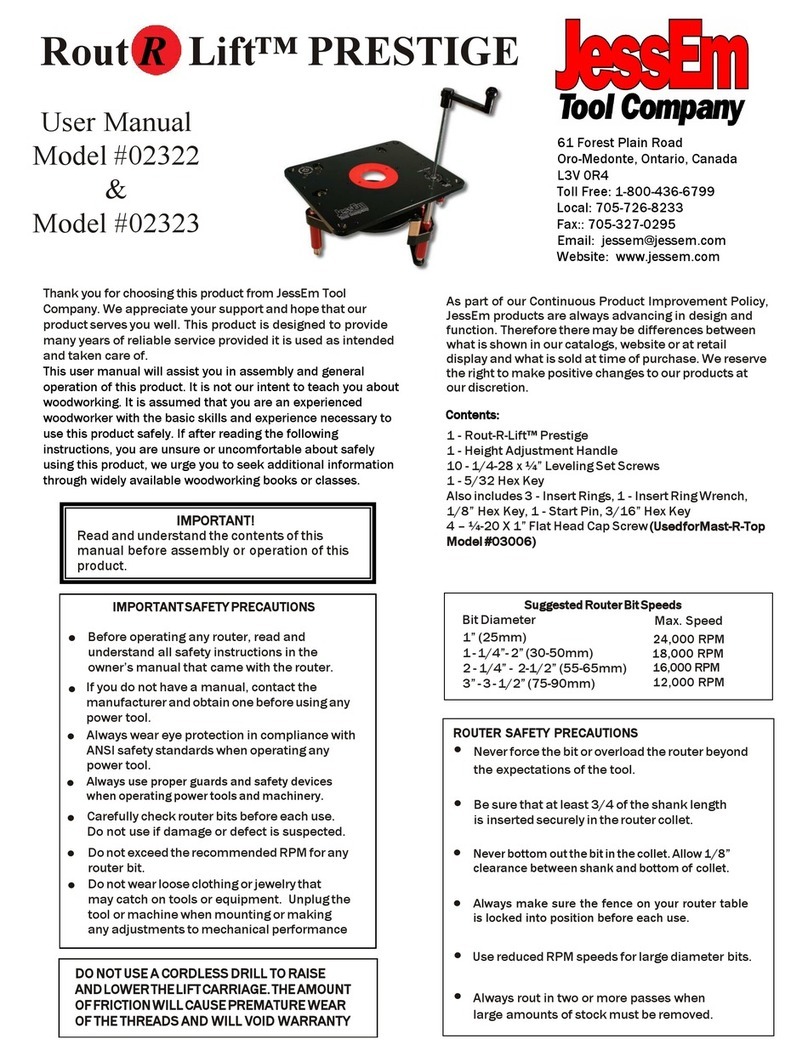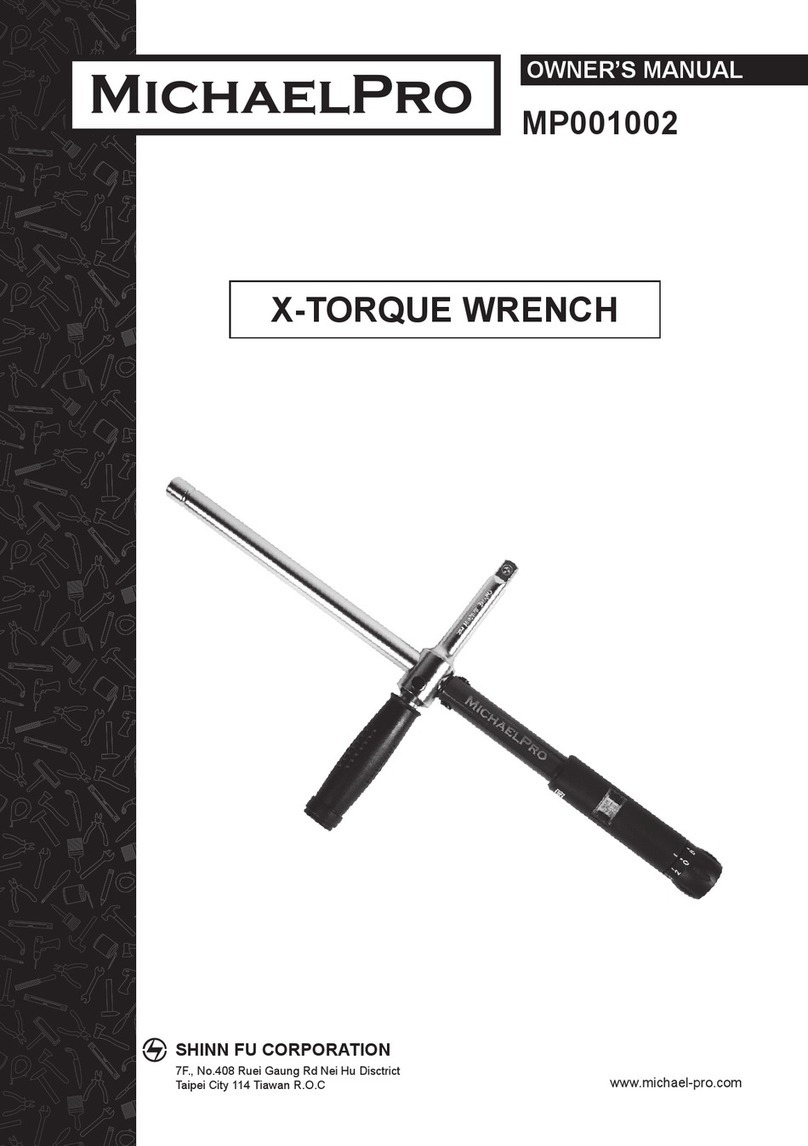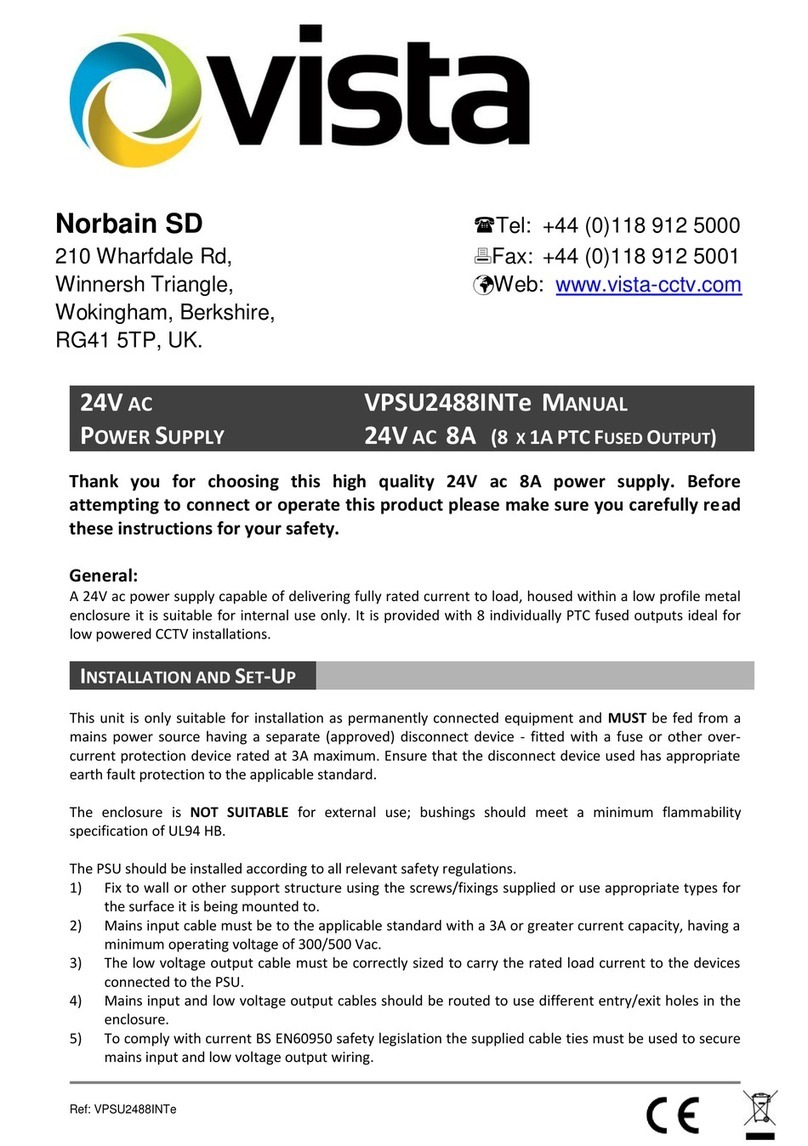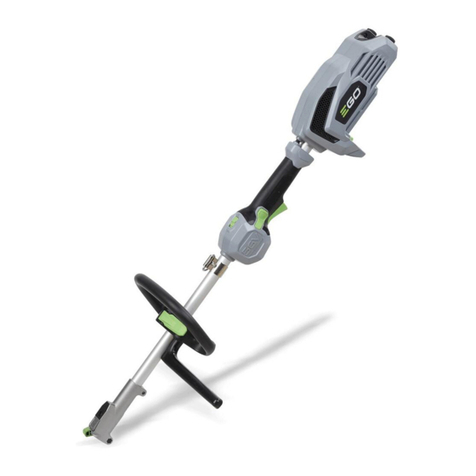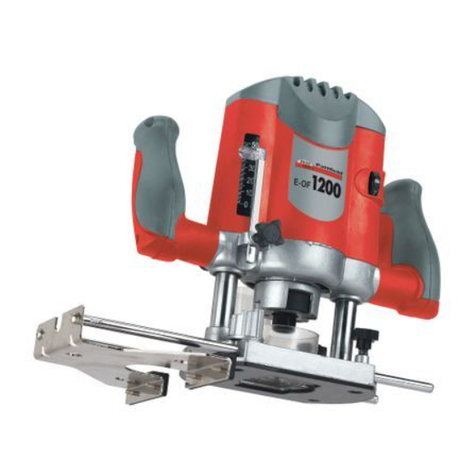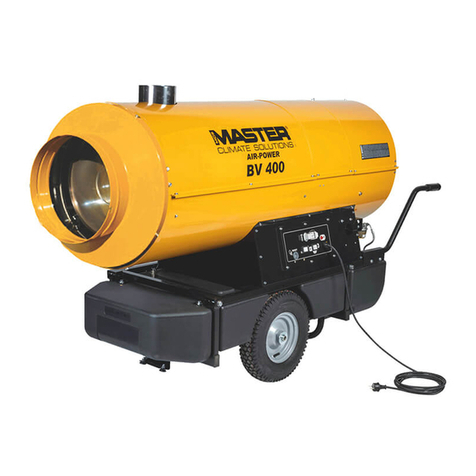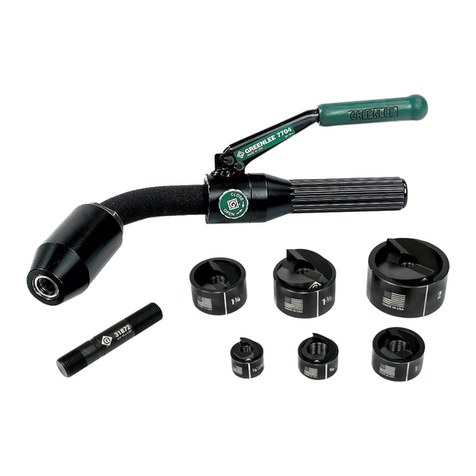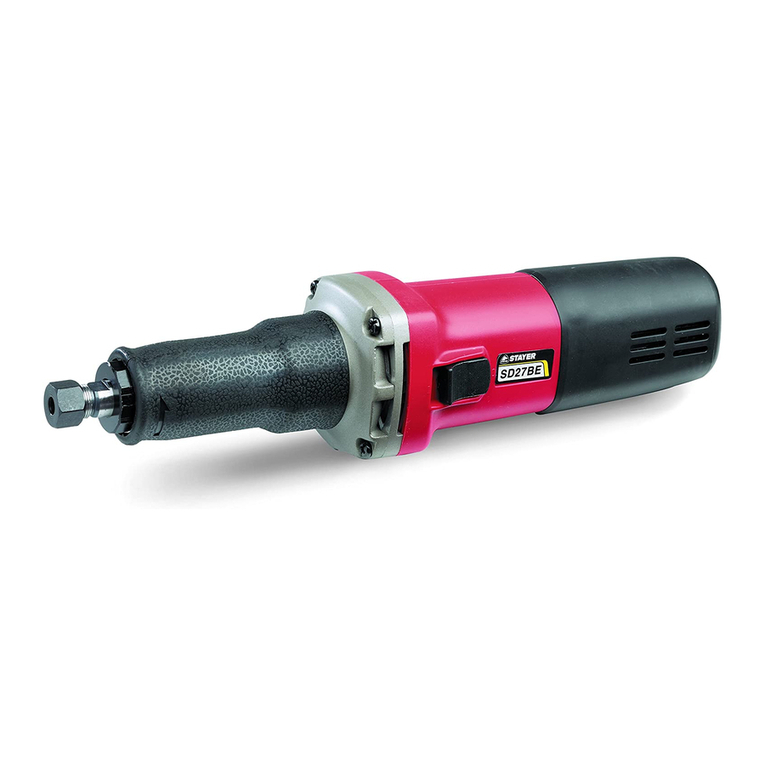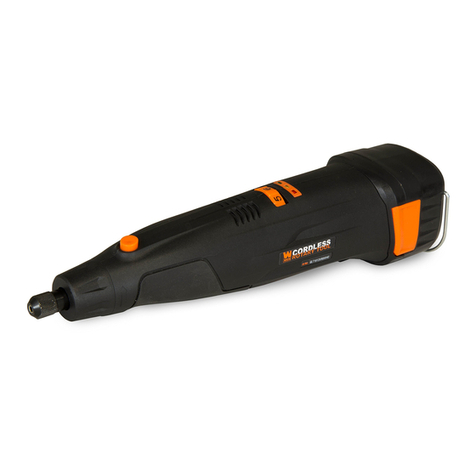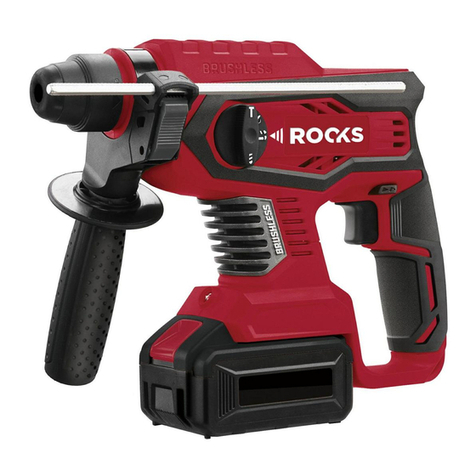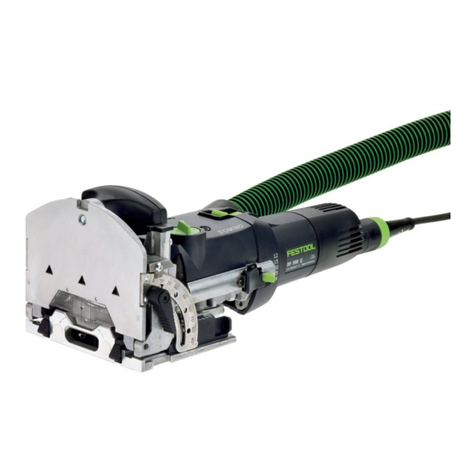Global Manufacturing Ball Vibrators User manual

AIR BLASTERSVIBRATORSVIBRATORS
Global Manufacturing Inc.®
1801 East 22nd St
Little Rock, Arkansas 72206
501.374.7416 TEL
800.551.3569 TOLL FREE USA & CANADA
501.376.7147 FAX
Ball Vibrators
Operating Instructions
Pneumatic Ball Vibrators
GlobalManufacturing.com
BV_07/14/14 - rev 2 - email version Copyright © 2014 by Global Manufacturing, Inc
Models
BS-10 US-13
BS-13 US-19
BS-16 US-25
BS-19 US-38
BS-25
CS-19 DS-41
CS-25 DS-51
CS-35
BS US
DS
CS

2
Global Manufacturing, Inc ®800.551.3569 TOLL FREE USA & CANADA
1801 East 22nd Street 501.374.7416 TEL 501.376.7147 FAX
Little Rock, AR 72206 USA www.GlobalManufacturing.com
AIR BLASTER SVIBRA T O R SVIBRA T O R S
Table of Contents Page
I. Introduction 2
II. Operation - Air Requirements 2
III. Installation Procedures 3 - 4
I V. Channel Irons - Size and Mounting 3
V. Mounting Locations 3 - 4
VI. Performance Data and Troubleshooting 5
VII. Dimensions 6
I. Introduction
For optimum performance, cycle the vibrator on and off. The vibrator acts as a friction reducer and once the bulk
solid is set into motion, gravity should do the rest. Do not operate the vibrator on an empty hopper as this may cause
structural damage to the hopper.
Vibrators should be operated only when discharge gates are open. Operating the vibrator with the discharge gate
closed will cause the material inside the structure to compact.
Vibration has two important elements – Frequency and Amplitude. Frequency is the speed (RPM) or the number of
vibrations per minute. It is controlled by the oil ow to a hydraulic vibrator or the air ow to a pneumatic vibrator.
Amplitude is the unbalance or amount of force produced by the eccentric weight. The faster the eccentric weights
turn the more force output generated. Force and frequency work together. It is not necessary to use a lot of force
when you adequate frequency.
• Follow all installation instructions.
• Always use a safety cable or chain for support.
• Do not operate vibrators when structure is empty.
• Wear ear protection for 90+ decibel levels.
• Do not operate vibrator if there is a restriction to the exhaust port.
• Do not operate the pneumatic vibrators above 100 psi.
• Always operate pneumatic vibrator with a lter - regulator.
• Always disconnect air line before maintenance.
II. Operation - Air Requirements
Operate on ltered, regulated air between 20 and 80 PSI (1.36 to 5.44 Bar). An air regulator may be used to control
the vibrator speed. Adjust airow until material ow occurs. More air is not always better. Operating the vibrator at
higher pressures will reduce vibrator life.
Cycle the vibrator on and off. Ball vibrators can run continuously, but it is usually not necessary. Once the material
is set into motion, gravity should do the rest. Do not operate the vibrator on an empty hopper.
The vibrator should appear motionless. Vibrators should NOT shake the hopper wall or make an abundance of noise.
Vibrations pass through the structure and into the material.
Do NOT lubricate the ball vibrator. Lubrication is NOT required. Lubrication will collect dirt, impairing proper vibrator
operation.
SAFETY PRECAUTIONS

3
Global Manufacturing, Inc ®800.551.3569 TOLL FREE USA & CANADA
1801 East 22nd Street 501.374.7416 TEL 501.376.7147 FAX
Little Rock, AR 72206 USA www.GlobalManufacturing.com
AIR BLASTER SVIBRA T O R SVIBRA T O R S
III. Installation Procedures
The key to successful
vibration is a proper mount
because rotary vibration
resonates the material
inside the structure, when
the vibrator is mounted
correctly. The vibrator
should appear motion-
less. There should not be
a large amount of motion
or noise.
Do not mount the vibrator directly to the
structure wall. Use a channel iron stiffener
for proper mount rigidity and as the
transducer of the vibrational energy.
IV. Channel Irons - Size & Mounting
The channel iron should be at least two-thirds the height
of the sloped portion of the hopper, but not be greater
than 6 feet (1.83 m) in length. The channel iron width
should not be less than the base width of the vibrator.
See chart below for recommended channel sizes. DO
NOT install more than one vibrator on the same channel
iron or use a channel iron shorter than the recommended
length. A short channel may ex the bin wall.
Attach the vibrator to the channel iron. Stitch weld
nuts to the back of the channel iron or the channel iron
may be drilled and tapped to accept the mounting bolts.
An alternate method is to cut a second channel iron
slightly longer than the footprint of the vibrator. Stitch
weld the second channel iron to the rst. Do not weld
the ends. Mount the vibrator to the second channel iron.
Stitch weld the channel iron vertically to the sloped
portion of the bin wall. Weld 3 inches (7.5 cm), skip
1 inch (2.5 cm), weld 3 inches (7.5 cm), etc... Leave 1
inch (2.5 cm) un-welded on the ends and corners. This
allows the vibration to dissipate out the ends of channel
without causing stress cracks to the hopper or bin. By
doing so, should the weld fail, the entire mount will not
fall off. Do not mount the channel iron horizontally.
Secure the vibrator to the channel iron with SAE
coarse thread grade 8 plated bolts with lock
washers or an adhesive such as Loctite®262.
Tighten bolts in a sequential process. At least two passes
are required in most situations. Give all bolts the same
torque value. Grade 8 bolts can handle more torque than
standard bolts. If Loctite®is not used, retorque the bolt
after the vibrator has operated for a few minutes and
check tightness often. If Loctite®is used do not retorque
the bolts as this will break the Loctite®bond.
Attach a safety cable to a stronghold (not the channel
iron mount), which is higher than the mounted vibrator
and capable of holding the vibrator’s weight.
Important!
The channel iron should be at least 2/3
of the height of the sloped portion of the
hopper but no greater than 6 feet (1.83 m).
Piggy-back
channel
Stitch weld
channel iron
Do not weld the ends of the channel
iron - this allows the vibrational force
to “escape”. Solid welded ends trap
the force which can cause stress
cracks.
Stitch Weld the
Channel Iron
Caution!
Channel Iron Size Recommendation
Vibrator Channel Iron Size
BS-10
BS-13
BS-16
BS-19
BS-25
CS-19
US-13
US-19 2" X 1" X 3/16" X 2.5 lb/ft
CS-25
CS-35
DS-41
DS-51
US-25
US-38
3" X 1.41" X .170" X 4.1 lb/ft
V. Mounting Guidelines
Installation on Foundry Molds - The BS model
vibrator may be used on foundry matchplate molds. Bolt
the vibrator to the matchplate as shown.
BS-10 Ball Vibrator

4
Global Manufacturing, Inc ®800.551.3569 TOLL FREE USA & CANADA
1801 East 22nd Street 501.374.7416 TEL 501.376.7147 FAX
Little Rock, AR 72206 USA www.GlobalManufacturing.com
AIR BLASTER SVIBRA T O R SVIBRA T O R S
Single Vibrator
Install a channel iron stiffener on the outside of the
sloping wall 1/3 the distance above the discharge
opening.
Multiple Vibrators
Use more than one vibrator when the diameter or width
of any wall is greater than 12 feet (3.66 m). Always
mount the vibrators on different planes.
Two Vibrators on Round or Square Hoppers
Install channel iron stiffeners 180° apart. Install one
vibrator on the outside of the sloping wall 1/3 the
distance above the discharge opening. Install the second
vibrator on the outside of the opposite sloping wall 2/3
the distance above the discharge opening.
Two Vibrators on Rectangular Hoppers
Install channel iron stiffeners on opposite sides of
the long walls. Install one vibrator on the outside of
the sloping wall 1/3 the distance from the discharge
opening. Install the second vibrator on the outside of
the opposite sloping wall 2/3 the distance above the
discharge opening. When only one wall slopes, mount
both stiffeners on it. Equally space the stiffeners on the
wall. Place one vibrator 1/3 above the discharge opening
on one channel iron and the other vibrator 2/3 above the
bin’s discharge opening on the second channel.
Three Vibrators on Round or Square Hoppers
Install channel iron stiffeners mounted 120° apart.
Install the rst vibrator on the outside of the sloping wall
1/4 the distance above the discharge opening. Install
the second vibrator on a separate channel iron at 1/2
the distance above the discharge opening. Install the
third vibrator on the remaining channel iron at 3/4 the
distance above the discharge opening.
Installation on Chutes and Flow Pipes
Mount channel iron stiffeners vertically or in the direction
of material ow. Center the channel if the chute is less
than 6 feet (1.83 m) in width. If the chute is greater than
6 feet in width, use two vibrators on separate channel
irons. To maximize each vibrator’s radius of inuence;
center each channel iron in each half of the chute. Each
channel iron should be located ¼ of the chute width from
the edge and ½ of the chute width apart. (e.g. – for a
chute 8’ wide, the channel iron locations would be 2’
from each edge and 4’ apart.) When wall thickness is
less than 1/8”, additional reinforcement may be required.
H
1/3 of H
2/3 of H
1/3 of H
2/3 of H
H
3/4 of H
1/4 of H
1/2 of H
2/3 of H
1/3 of H
2/3 of H
2/3 of H
H
Width is more than 6’
¼ of Width
½ of Width
¼ of Width

5
Global Manufacturing, Inc ®800.551.3569 TOLL FREE USA & CANADA
1801 East 22nd Street 501.374.7416 TEL 501.376.7147 FAX
Little Rock, AR 72206 USA www.GlobalManufacturing.com
AIR BLASTER SVIBRA T O R SVIBRA T O R S
Troubleshooting
Problem Probable Cause Solution
Vibrator
runs
slowly or
does not
operate
Air line is blocked, restricted, or is connected to
the exhaust port and not to the inlet port.
Remove restriction in the air line. Check for kinked air
line. Check hose connections.
Pipe or hose size is inadequate for distance from
compressor.
The air line should be at least equal to vibrator inlet
port.
Contamination is in the vibrator. Disassemble vibrator and clean.
Faulty control valve. Clean, repair, or replace.
Start valve should be within 6’ of vibrator.
Inadequate air supply to operate vibrator. Check compressor. Provide more volume of air to
vibrator.
Vibrator
makes
excessive
noise
Mounting is not rigid. Check mounting bolts, broken welds, or fatigue in
structure.
Mufer not used. Use exhaust mufer.
Hopper or bin is empty. Do not run vibrator on an empty hopper or bin.
Ball and/or raceway rings may be worn out. Rebuild vibrator with repair kit.
VI. Performance Data and Troubleshooting
Ball Vibrator Performance Data
Vibrator
Model
Unbalance
Air Pressure
Start Minimum 20 psi (1.4 bar) 40 psi (2.8 bar) 60 psi (4.1 bar) 80 psi (5.5 bar)
VERT HORZ SPEED FLOW FORCE SPEED FLOW FORCE SPEED FLOW FORCE SPEED FLOW FORCE
lb-in psi psi
rpm
cfm lb
rpm
cfm lb
rpm
cfm lb
rpm
cfm lb
kg-mm bar bar lpm N lpm N lpm N lpm N
BS-10
0.003 5 2
16,000 4.3 25 20,000 7.0 38 22,000 9.0 45 22,800 10.8 50
0.392 0.3 0.1 122 111 198 169 255 200 306 223
BS-16
0.020 15 7
9,400 4.1 50 13,000 6.4 93 14,000 8.2 110 14,800 10.0 124
2.30 1.0 0.5 116 222 181 414 232 489 283 553
BS-19
0.043 20 10
8,600 5.5 89 11,000 8.4 150 13,000 11.0 200 14,800 13.7 267
4.95 1.4 0.7 156 396 238 667 311 890 388 1190
BS-25
0.120 30 15
5,700 7.5 110 6,900 12.0 160 8,200 16.0 230 9,600 19.8 314
13.8 2.1 1.0 212 489 340 712 453 1023 561 1397
US-13
0.009 5 2
13,000 6.5 45 18,000 11.0 84 20,000 15.0 110 22,400 19.0 133
1.07 0.3 0.1 184 200 311 374 425 489 538 589
US-19
0.043 20 10
8,700 5.5 92 11,000 8.4 160 13,000 12.0 210
15,000
16.0 275
4.95 1.4 0.7 156 409 238 712 340 934 453 1222
US-25
0.120 30 15
6,300 7.0 140 8,400 12.0 240 9,100 16.0 280 9,600 20.0 314
13.8 2.1 1.0 198 623 340 1068 453 1246 566 1397
US-38
0.520 50 25
4,300 12.0 270 5,600 19.0 470 6,000 25.0 540 6,200 31.0 568
59.9 3.4 1.7 340 1201 538 2091 708 2402 878 2525
CS-19
0.043 20 10
9,100 5.7 100 12,000 8.4 170 14,000 12.0 220 17,000 15.7 353
4.95 1.4 0.7 161 445 238 756 340 979 445 1570
CS-25
0.120 30 15
6,300 7.8 130 8,100 13.0 220 9,200 18.0 290 10,000 22.3 341
13.8 2.1 1.0 221 578 368 979 510 1290 631 1516
CS-35
0.240 50 25
5,300 7.8 190 6,700 13.0 310 7,600 16.0 390 8,100 19.0 447
27.7 3.4 1.7 221 845 368 1379 453 1735 538 1989
DS-41
0.820 55 25
3,200 13.0 240 4,000 21.0 370 4,400 27.0 450 4,700 33.7 514
94.5 3.8 1.7 368 1068 595 1646 765 2002 954 2288
DS-51
1.300 60 30
3,100 13.0 350 4,000 20.0 580 4,300
27.0 680 4,400
33.7 715
149.8 4.1 2.1 368 1557 566 2580 765 3025 954 3179

6
Global Manufacturing, Inc ®800.551.3569 TOLL FREE USA & CANADA
1801 East 22nd Street 501.374.7416 TEL 501.376.7147 FAX
Little Rock, AR 72206 USA www.GlobalManufacturing.com
AIR BLASTER SVIBRA T O R SVIBRA T O R S
Ball Vibrator Dimensions
VIBRATOR
MODEL
WEIGHT
A B C D E F
HEIGHT LENGTH WIDTH INLET BOLT
HOLE
BOLT
CENTERS
lb in lb lb in in in
kg mm mm mm NPT mm mm
BS-10 0.70 1.90 3.10 1.10 1/8 0.34 Single Bolt
0.32 48 79 28 9
BS-16 1.40 2.50 4.00 1.30 1/4 0.44 Single Bolt
0.64 64 102 33 11
BS-19 1.90 2.80 4.50 1.50 1/4 0.44 Single Bolt
0.86 71 114 38 11
BS-25 3.10 3.20 5.20 1.80 1/4 0.44 Single Bolt
1.41 81 132 46 11
US-13 1.20 2.70 5.20 1.20 1/8 0.34 4.00
0.54 69 132 30 9 102
US-19 2.20 3.40 5.10 1.50 1/4 0.44 4.00
1.00 86 130 38 11 102
US-25 3.50 3.90 6.60 1.80 1/4 0.44 5.00
1.59 99 168 46 11 127
US-38 7.60 5.40 7.90 2.30 3/8 0.56 6.00
3.45 137 201 58 14 152
CS-19 2.40 3.40 5.30 1.50 1/4 0.44 4.00
1.09 86 135 38 11 102
CS-25 4.30 4.40 5.40 2.10 1/4 0.53 4.00
1.95 112 137 53 13 102
CS-35 4.60 4.40 5.40 2.10 1/4 0.53 4.00
2.09 112 137 53 13 102
DS-41 10.40 5.70 6.80 2.50 1/2 0.41 5.50 X 1.80
4.72 145 173 64 10 140 X 45
DS-51 10.80 5.70 6.80 2.50 1/2 0.41 5.50 X 1.80
4.90 145 173 64 10 140 X 45
A
B
D
exhaust
C
E
BS Models
A
B
C
D
F
CS Models
E
exhaust
exhaust A
B
C
F
E
DS Models
F
D
A
B
CED
US Models
exhaust
F
VII. Ball Vibrator Dimensions
BS Series - Have a single
bolt hole mounting base.
US Series - Air travels in
a “U” pattern.
DS Series - These models have a four bolt
mounting base.
CS Series - Air travels in a
“C” pattern.
This manual suits for next models
14
Table of contents

